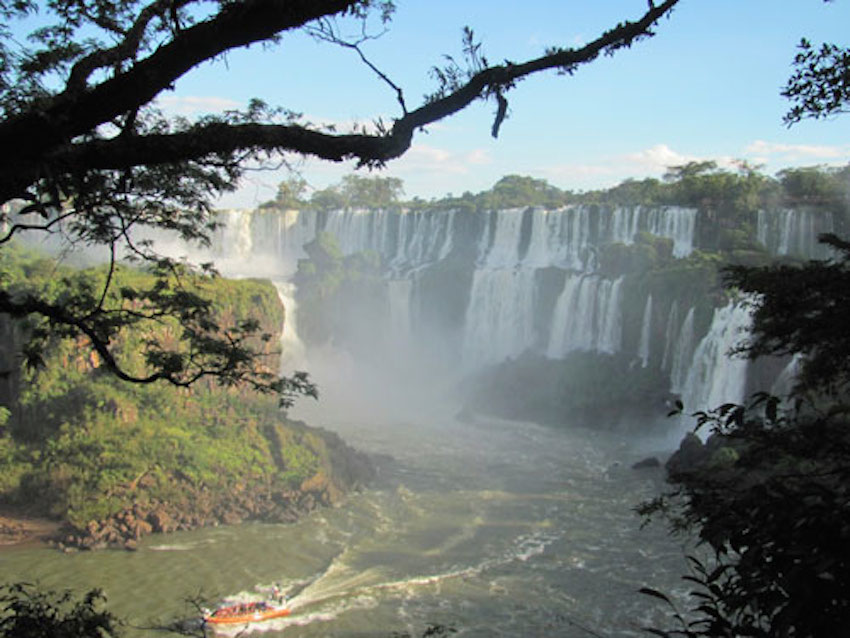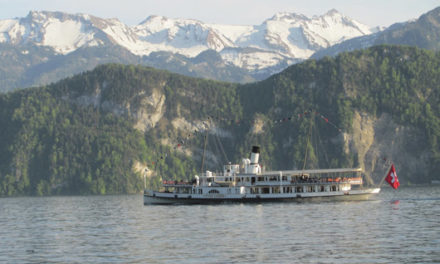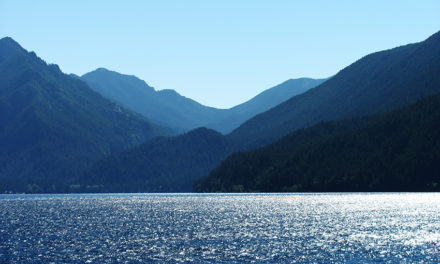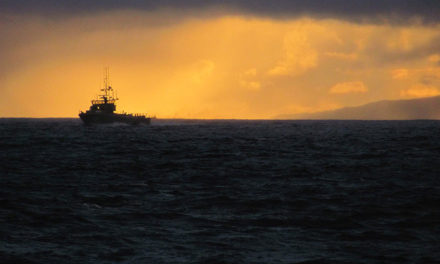I closed the lecture room door quietly as I walked into my first comparative literature class at the University of Washington both late and nervous. I was a Freshman still in my first week and I had signed up for the class after hearing stories about the eccentric professor. Seeing me try to slide into the room undetected, the professor smirked and motioned for me to come to the front of the 200 person lecture hall. Fearing what was next, I walked to the front of the room as everyone went silent. We had all heard of the reputation of Professor Konick.
He gave me a big smile and asked for my name.
Nervously, I stuttered “uhh… Danny”.
“Danny, you are a fucktard. You clearly are not a product of my sperm” he replied confidently and without sign of sarcasm.
Startled I looked back at him confused.
A moment went by.
I broke the silence of the room with a very timid, “uhh…”
He smiled and said “You see Danny, in literature and in other arts, water is used as a tool for signifying change.”
I don’t remember walking back to my seat but I do remember opening my laptop during his lecture and Googling what it meant to have tenure as a professor. I also remember him drilling home the point about water as change by showing us the famous kissing scene in Casablanca, the freedom scene in the rain in Shawshank Redemption and the storm scene in The Truman Show. I didn’t understand what me being late to my new class had to do with this but I thought I understood his message. Water = Change.
I had completely forgotten about this experience until it unexpectedly popped back into my mind several years later. I was standing under the Iguazu Falls, the widest waterfalls in the world, and started smiling at the thought of my former professor. If water equals change, what did these beautiful behemoths represent?

The Iguazu Falls are a former awardee of the 7 Wonders of The World (yes, as silly as it sounds these get updated periodically) and are located on the border of Brazil and Argentina. They offer 260 degrees of water viewing pleasure and are one of my favorite bucket list items to date. When Eleanor Roosevelt first saw them she was quoted as saying “Poor Niagara!”. Simply put, they are magnificent.



Standing surrounded by the waterfalls, a huge smile crept onto my face. I realized that I was doing exactly what I wanted to be doing with my life. Life is confusing, unpredictable and sometimes down right scary. The one constant is change. My smile was coming from the fact that I was embracing that critical point.
Like all of my bucket list items, the experience of going to the Iguazu Falls was not the part of the journey that gave me fulfillment. Instead, it came from the new understanding of what it was my old professor had been teaching me.
On my first day of class, my naughty mouthed professor wasn’t talking to me at all. He was talking to everyone else in the class. In the same way that water is used in literature and cinema as a deliberate frame for a more interesting piece of art, change is used in life as a frame for a more interesting journey.
You don’t need to stand under waterfalls in Argentina to understand and benefit from this point. All you need to do is embrace the changes that are shaping you today. This process can start from anywhere.
What changes are helping to shape your life right now? How can embracing these changes make for a more interesting and happier life journey?
You can’t stop change from occurring but you can choose to control how it affects you. The only variable is you.








